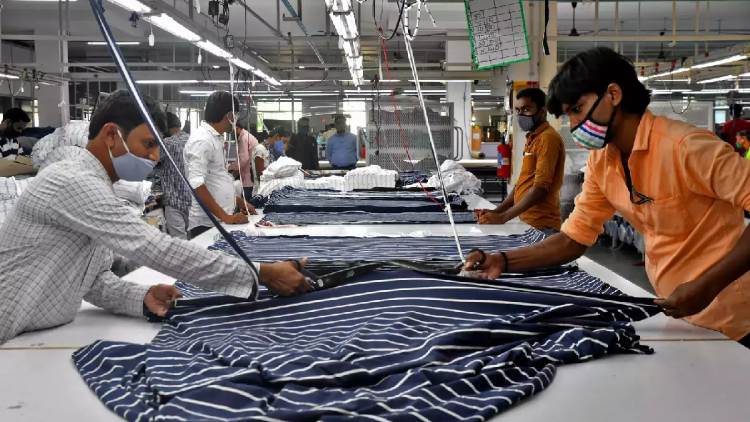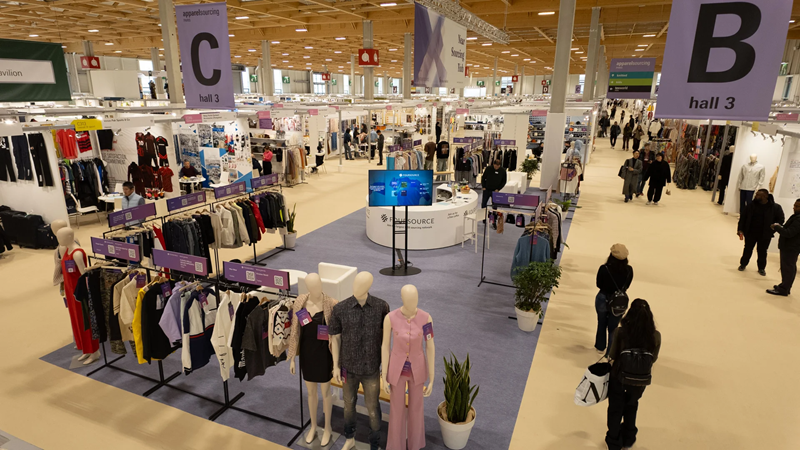
Indias textile sector, a cornerstone of the national economy, has experienced mixed fortunes in terms of its financial performances in the first quarter of the fiscal year 2024-25. As companies navigate a complex global landscape, the recently announced Q1 results reveal both bright spots and areas of concern.
Mixed performance for key players
While some companies have showcased resilience and growth, others have grappled with challenges. The sector witnessed a mixed bag of results, with some companies registering healthy growth in revenue and profits while others faced a decline. Companies such as Trent Ltd showcased impressive revenue growth, driven by strong domestic demand and expansion of retail footprint. On the other hand, companies like Sutlej Textiles & Industries witnessed stable revenues, reflecting subdued global demand and pressure on margins. Similarly, Welspun India, a leading player in home textiles, reported a robust 29 per cent YoY increase in net profit, attributed to strong demand and operational efficiency. "We have been able to navigate the challenging environment by focusing on our core strengths and leveraging our global presence," said B K Goenka, Chairman, Welspun Group. "We remain optimistic about the future and are confident of sustaining our growth momentum." KPR Mill the vertically integrated textile company saw a 15 per cent rise in net profit, driven by higher sales and cost control measures. And the Trident Group’s focus on high-margin products like bed linen and bath linen resulted in a 12 per cent increase in net profit.
At the same time some companies like Raymond saw it net profit decline by 10 per cent due to weak demand in the domestic market and higher input costs. Arvind Limited’s net profit fell by 8 per cent due to sluggish sales in the branded apparel segment. Vardhman Textiles’ saw a 5 per cent drop in net profit due to higher cotton prices and subdued demand. Companies in the fiber segment, particularly those involved in cotton and man-made fibers, faced headwinds due to fluctuating raw material prices and a subdued global demand.
The yarn segment demonstrated resilience, with companies reporting stable or improved performance due to steady domestic demand and a gradual recovery in export markets. The fabric segment had mixed trends, with some companies facing challenges due to increased competition and a shift in consumer preferences towards value-added products.
While there are signs of recovery, domestic demand remains subdued due to inflationary pressures and concerns about the overall economic outlook. Exports on the other hand have been a key driver of growth, supported by strong demand from major markets like the US and Europe. However, global economic uncertainty and geopolitical tensions pose risks. The government's focus on promoting the textile industry through initiatives like the PLI scheme is expected to provide a boost in the long term.
Outlook for the next quarter and FY24-25
The outlook for the next quarter and the full fiscal year 2024-25 is cautiously optimistic. With regards domestic demand, gradual improvement is expected as inflationary pressures ease and consumer confidence improves. Exports are likely to remain strong, although some moderation is possible due to global economic headwinds. Volatility in raw material prices, particularly cotton, is expected to continue, impacting profitability. Meanwhile the government's continued focus on promoting the textile industry through initiatives like the PLI scheme is expected to provide a boost in the medium to long term. Overall, the Indian textile industry is expected to witness moderate growth in FY24-25. Companies that can navigate the challenges and capitalize on the opportunities are likely to outperform the market.












